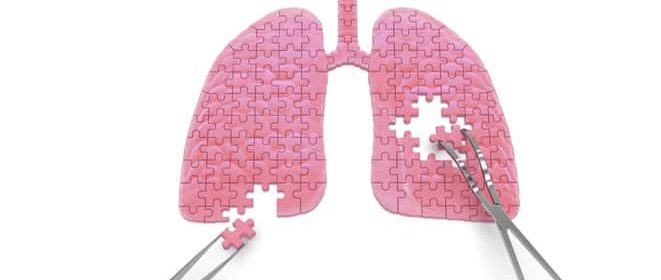Myocardial steatosis, also known as lipomatosis cordis, is characterized by adipose tissue within the myocardium without significant fibrosis. Evidence suggests that accumulation of fat can disturb the normal electromechanical physiology of the myocardium. Herein, we discuss the case of a 60-year-old woman with a history of chronic obstructive pulmonary disease who died because of anoxic encephalopathy after a sudden cardiac arrest (SCA). An electrocardiogram showed QRS fragmentation noted as notched R in inferior leads. The autopsy revealed a very small thromboembolus in a distal subsegmental branch of the pulmonary artery, which could not explain the SCA. There was an extensive intramyocardial accumulation of adipose tissue involving the right ventricle and interventricular septum, which split the myocardium into discrete bundles. Arrhythmogenic right ventricular cardiomyopathy was ruled out based on the absence of typical fibrofatty changes. The mechanism of fat replacement was likely secondary to redistribution of visceral fat in the setting of Cushing syndrome. We propose that severe myocardial steatosis can create an anatomic substrate to facilitate the development of SCA. Myocardial steatosis should be reported to identify patients who are at risk for developing cardiovascular events secondary to extreme cardiac adiposity.
Severe Myocardial Steatosis: Incidental Finding or a Significant Anatomic Substrate for Sudden Cardiac Arrest?


